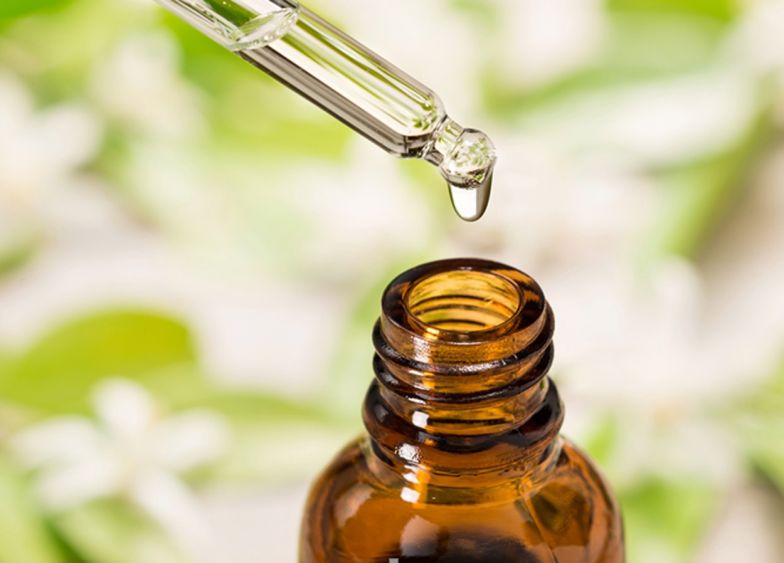SAVE 25% Use Code 25HOLIDAY25 + Free Shipping Over $50
SAVE 25% Use Code 25HOLIDAY25 + Free Shipping Over $50
A column with no settings can be used as a spacer
Link to your collections, sales and even external links
Add up to five columns
A column with no settings can be used as a spacer
Link to your collections, sales and even external links
Add up to five columns

Whats the Deal With Essential Oil Prices
August 21, 2018 3 min read
What is up with the price range on essential oils?
Recently I was doing some research about peppermint essential oil, and in my initial google searching, something caught my eye; some oils were on sale for around five dollars per half an ounce, while others were over thirty! What in the world could explain this kind of price disparity?! I decided to dig a little further.
With the rapid rise in popularity of essential oils, everyone has been trying to snag a piece of the pie, and unsurprisingly, this means that companies will be trying to push the price envelope as much as possible. How are these massive price differences possible with essential oils? Changes in manufacturing practices is the simple answer. Most important however, are changes in the quality of initial plant product that an oil is being created from.
Higher quality essential oils, like those that we stock here at SLAB Essential Oils, select plants that come from ideal conditions for the plants used to produce the oil, making them much higher in the beneficial properties of the oil (different vitamins or chemical structures etc.). When considering a higher or lower quality oil, was the plant grown at the ideal altitude and with the best possible water and light conditions to produce the highest quality product? For example, a type of lavender used in aroma therapeutic essential oils has a direct correlation between the altitude it was grown at and the concentration of a particular chemical structure in the plant that is known to be anti inflammatory. A high quality oil will be sourced only from the best parts of the plants used to produce it, by someone knowledgeable in the area.
Other things that can greatly impact the quality of an oil have to do with when it was harvested (was it harvested at the ideal time?) the part of the plant used in the creation of the oil (was the part of the plant with the highest concentration of whatever beneficial structures or nutrients used?) and was the oil itself produced in the right way (some plants only yield their beneficial properties through solvent extraction when the industry norm is steam distillation).
Other factors, perhaps less important to the actual quality of the oil, but just as important to the careful consumer, relate to how a product was was actually grown and harvest. Was it produced with pesticides? With sustainable farming practices? In a developing country by women getting paid the equivalent of U.S. $.25 a day? As the result of rainforest destruction? These may be unpleasant realities we do not want to think of when encountering a cheap essential oil at Walmart, but as mindful consumers, we have a responsibility to put our dollars where our hearts are.
For your future shopping, here are some things that can help you tell a high quality oil from a poor quality one:
- Does it list the extraction method?
- Does it indicate what portion of the plant was used for extraction?
- Does it say that it is undiluted with no other oils added?
- Does the person you are purchasing from know their supplier?
there is a long laundry list of other things to look out for, but these are a great place to start!
Some of my extra favorite, locally grown and produced, ultra high quality oils are:
Leave a comment
Comments will be approved before showing up.
Subscribe
Sign up to get the latest on sales, new releases and more …
